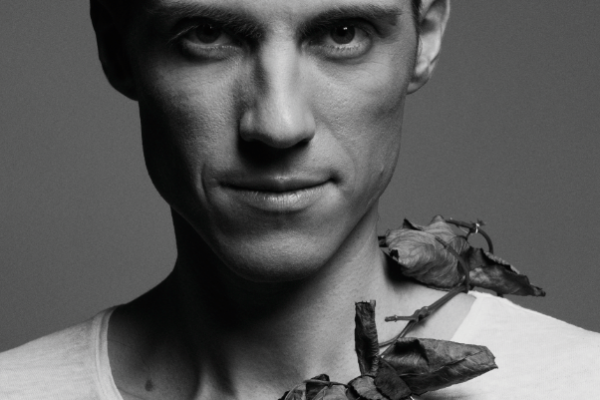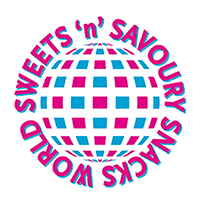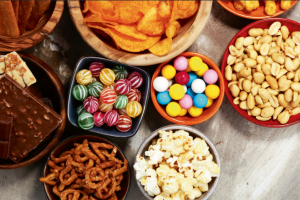Story teller

Having been impressed by the flavour and packaging of this Lithuanian chocolate brand at last years Salon du Chocolat show in London, Susannah Millen caught up with the founder of Chocolate Naïve, Domantas Uzpalis, to find out more.
What is the background to the business?
I worked in finance and marketing for seven years, but eventually I realised that I wanted to do something food related and with a visible end result.
Did you carry out any market research before starting out?
The only research that I did was based on emotion and intuition, but it was clear that worldwide people were starting to care about issues such as the supply chain, the stories behind their favourite products and locality.
Where do you sell your products and how do the markets differ?
We sell here in Lithuania, as well as in the UK, France, Germany, Japan, Kazakhstan, the Netherlands and in the US. Sales are dependent on the quality of our representation. We have good representation in Japan and the UK. Germany is also very promising and the local market is doing great.
What are the unique selling points of your products?
First of all, we do not sell chocolate, we sell the story behind the choc-olate. Every bar has a story printed on the label. Every bar is hand signed. It is the small details that create a sophisticated picture of the product; our communication differs, our promotion differs. We also roast, winnow, conch and temper chocolate in ways that help to reveal the character of a particular region, be it Grenada, Madagascar, Peru, Vietnam, Uganda or Cuba.
What was the thinking behind the branding and packaging?
The packaging and the brand were created by Karolis Kosas. The idea was to create something clean and minimalistic and to avoid the clichés of chocolate communication. The chocolate bars convey how we feel about the chocolate and include a lot of technical information about roasting and conching for chocolate geeks.
How has the range developed?
The concept behind the range is to look at what can be sourced locally. It is just a shame that we can’t grow cacao here because it is too cold. We use local forest honey as well as freshly roasted hazelnuts. We caramelise white chocolate to create our salted caramel bar as well as bringing coffee from a Lithuanian farmer in El Salvador.
What are your best sellers?
The collection is calibrated so well that they all sell more or less equally. Our salted caramel bar is only slightly ahead.
Do you plan to expand?
We are in the process of completing one of the most modern small bean to bar chocolate manufacturing facilities in our region – a 400m2 building equipped with state of the art machinery. We will be able to offer absolute quality and variety as well as increasing the production volume.
How do you promote and market the brand?
I think the best form of promotion is to create an amazing product and then see how the market reacts. If the quality is there, the market will follow. Of course, small details, such as good quality design, luxury packaging, promotional videos or photo shoots and social media support all help.
How do you feel the chocolate sector is changing?
It is definitely morphing into a sophisticated industry with high demand. The sector trends are changing every five years. At the beginning everybody was switching from milk to darker chocolate. And then people started looking for higher percentage cacao chocolate. Some time ago the importance of chocolate geography started to take over. It is hard to predict what will happen next, but I see it developing towards high-end chocolate making with small details playing a crucial part.
What are your plans for the future of the business?
We are planning to launch a couple of new product lines and we will be releasing four new chocolate bars in collaboration with a local food science institute. Also, the new factory will allow us to expand our product range.



